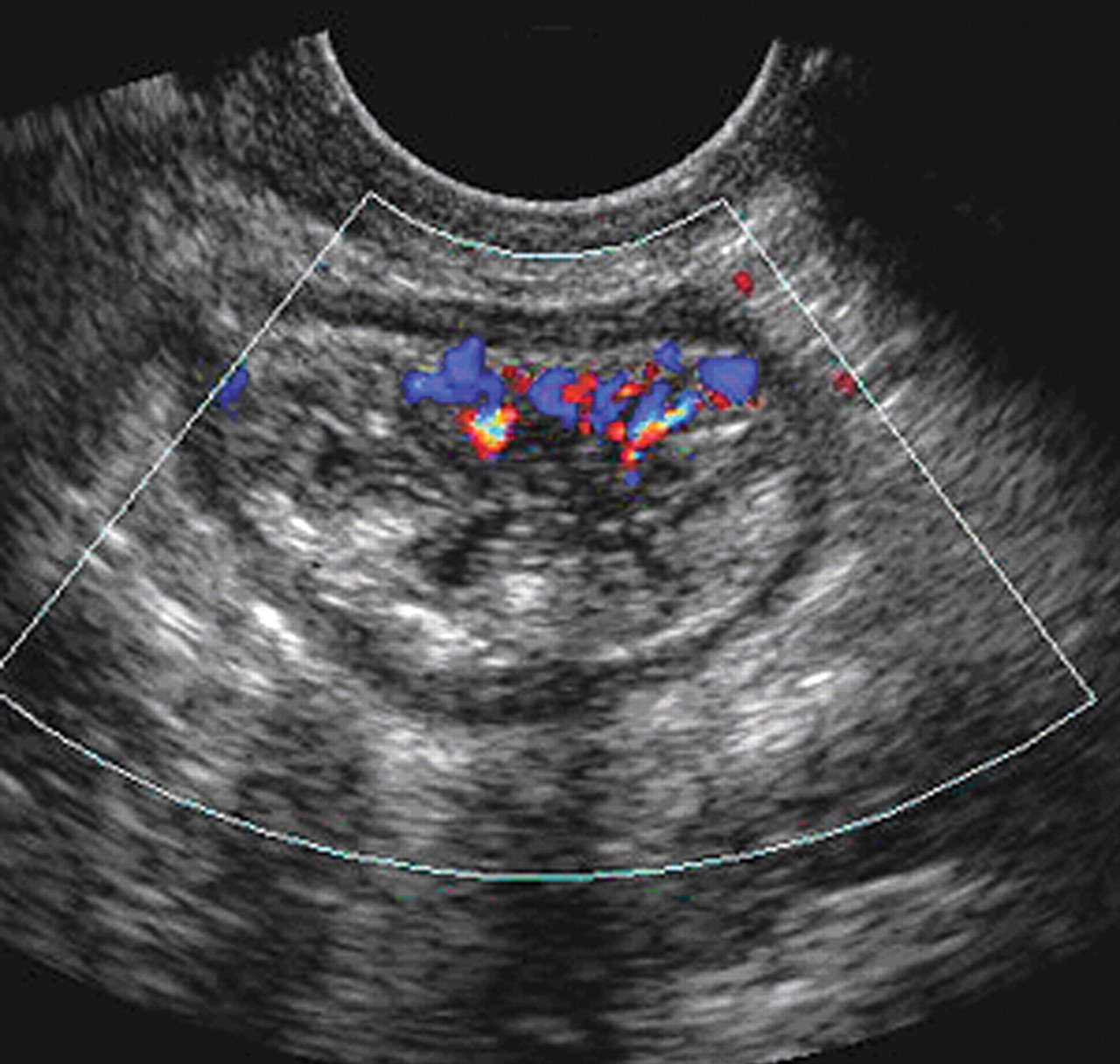Small Parts/Transvaginal/Transrectal USG
Small Parts USG refers to the ultrasound examination of superficial body structures such as the thyroid gland, scrotum, testicles, breast, lymph nodes, or soft tissues.
Transvaginal USG is a type of pelvic ultrasound where a probe is inserted into the vagina to get detailed images of the uterus, ovaries, fallopian tubes, and surrounding pelvic structures.
Transrectal USG involves inserting a probe into the rectum to evaluate the prostate gland and surrounding tissues, commonly used in prostate and rectal evaluations.

Types of Small Parts / Transvaginal / Transrectal USG
Thyroid USG
Breast USG
Scrotal and Testicular USG
Soft tissue USG
Transvaginal pelvic USG
Transrectal prostate USG
Symptoms That May Need Small Parts / Transvaginal / Transrectal USG
Neck swelling or thyroid enlargement
Breast lumps or pain
Scrotal pain, swelling, or lumps
Irregular periods or pelvic pain
Abnormal vaginal bleeding
Infertility evaluation
Urinary problems or prostate symptoms like difficulty urinating
Common Uses of Small Parts / Transvaginal / Transrectal USG
Detecting thyroid nodules, cysts, or tumors
Evaluating breast lumps or nipple discharge
Assessing testicular torsion, varicocele, or hydrocele
Diagnosing uterine fibroids, ovarian cysts, or endometriosis
Monitoring pregnancy in early stages
Evaluating prostate enlargement or cancer
Guiding biopsy or aspiration procedures
How Do I Prepare for My Small Parts / Transvaginal / Transrectal USG?
Small Parts USG: Usually no preparation is required.
Transvaginal USG: You may be asked to empty your bladder before the scan.
Transrectal USG: You may need an enema beforehand to clear the rectum. Always follow the specific instructions provided by the clinic or your doctor.
What Will Happen During My Small Parts / Transvaginal / Transrectal USG?
Small Parts USG: A gel is applied to the area, and a handheld probe is moved over the skin to capture images.
Transvaginal USG: A thin, lubricated probe is gently inserted into the vagina. It usually causes minimal discomfort and gives detailed pelvic images.
Transrectal USG: A small probe is inserted into the rectum, typically causing mild discomfort. It provides clear images of the prostate and nearby tissues.
These scans are generally painless, safe, and take about 15–30 minutes.
Reasons for Small Parts / Transvaginal / Transrectal USG
To evaluate abnormal lumps or pain
To investigate infertility or menstrual issues
To monitor pregnancy or fetal development
To diagnose prostate conditions
To assist in early cancer detection
To guide fine-needle aspiration or biopsy
